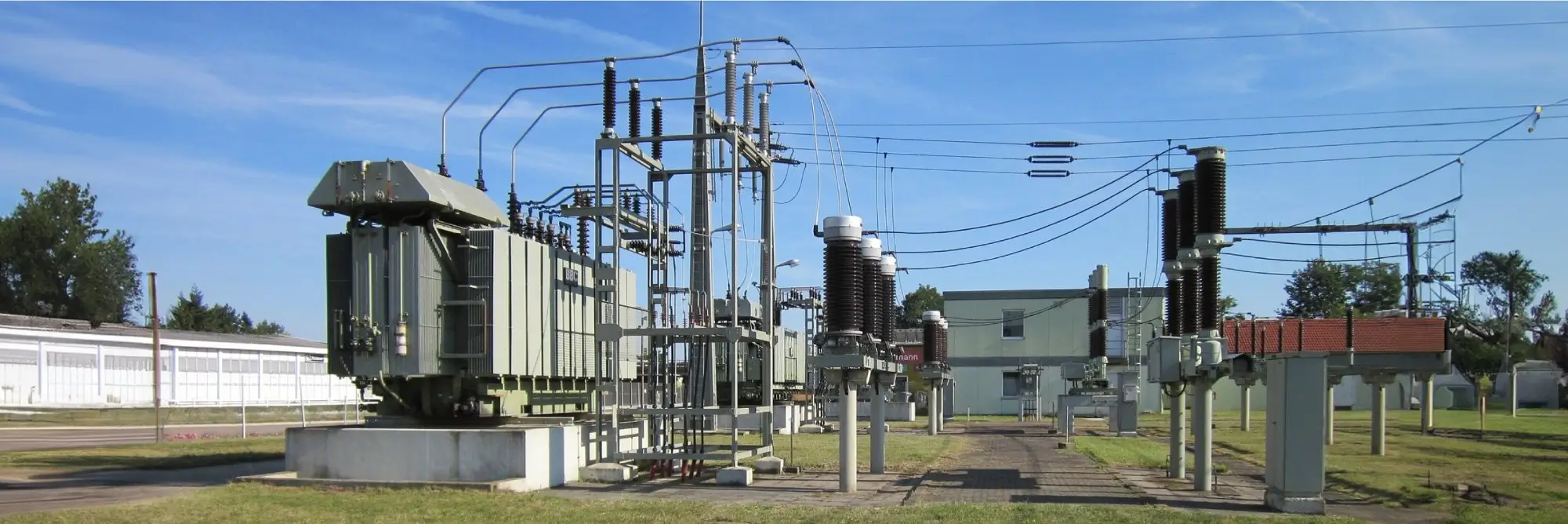
Instrument Transformers
Potential Transformers
A Potential Transformer (PT) is a vital electrical device used to measure and monitor high-voltage systems by stepping down voltage to a lower, manageable level. This allows for accurate voltage measurement and control while ensuring the safety of equipment and personnel. Potential Transformers are crucial in power systems for metering, protection, and operational control, providing the necessary data to maintain the reliability and efficiency of electrical networks.
Key Functions and Benefits
1 Voltage Measurement
Potential Transformers are designed to reduce high voltages to a lower, standardized value that can be safely and accurately measured by standard instrumentation. This allows for precise monitoring of voltage levels in power systems, facilitating accurate load measurement, voltage regulation, and energy management.
2 Protection and Safety
By isolating the high-voltage circuits from measurement and control equipment, Potential Transformers provide essential protection for both the equipment and personnel. This isolation ensures that the measuring instruments operate at a safe voltage level, reducing the risk of electrical shock and preventing damage to sensitive electronic devices.
3 Accurate Metering
PTs ensure accurate voltage readings, which are crucial for billing, system analysis, and regulatory compliance. They play a key role in energy metering by providing reliable voltage data that helps in determining energy consumption and ensuring fair billing practices.
4 System Control and Stability
Potential Transformers contribute to the control and stability of electrical systems by providing accurate voltage information to control systems and relays. This data enables effective voltage regulation, load balancing, and fault detection, enhancing the overall stability and reliability of the power network.
5 Versatile Applications
Potential Transformers are used in various applications, including:
- Power Plants: For monitoring and controlling generator voltages and ensuring safe operation.
- Substations: To measure voltage levels and provide data for protection systems and control devices.
- Industrial Facilities: For voltage monitoring and control in large electrical systems and machinery.
- Utilities: In metering applications for accurate voltage measurement and billing.
Design and Construction
Potential Transformers typically consist of a primary winding, a core, and a secondary winding. The primary winding is connected in parallel with the high-voltage circuit, while the secondary winding provides a reduced voltage output. The core, often made of high-quality magnetic materials, enhances the efficiency of voltage transformation. Key types of Potential Transformers include:
- Capacitor Potential Transformers: Utilizing capacitive voltage dividers to step down voltage.
- Electromagnetic Potential Transformers: Employing electromagnetic induction to reduce voltage.
- Autotransformers: Featuring a single winding that acts as both the primary and secondary winding, used in applications where voltage levels are not significantly different.
Potential Transformers are essential for the accurate measurement, monitoring, and control of high- voltage electrical systems. By stepping down high voltages to safer, manageable levels, PTs enable precise voltage measurement and effective system protection. Their role in providing accurate data for metering, protection, and control ensures the reliable operation and safety of electrical networks. Potential Transformers are integral to maintaining the efficiency and stability of modern power systems, supporting both operational and safety objectives.


